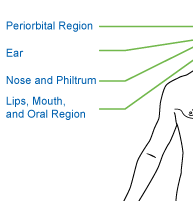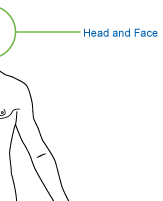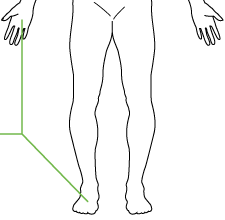Elements of Morphology: Human Malformation Terminology
An international group of clinicians working in the field of dysmorphology has initiated the standardization of terms used to describe human morphology. The goals are to standardize these terms and reach consensus regarding their definitions. In this way, we will increase the utility of descriptions of the human phenotype and facilitate reliable comparisons of findings among patients. Discussions with other workers in dysmorphology and related fields, such as developmental biology and molecular genetics, will become more precise. Here we describe the general background of the project and the various issues we have tried to take into account in defining the terms. Published 2009 Wiley-Liss, Inc.
This Web site contains six articles that describe the initial results of a project intended to develop accurate and clear definitions of terms for the craniofacies in general, the major components of the face, and the hands and feet [Allanson et al., [2009]; Biesecker et al., [2009]; Carey et al., [2009]; Hall et al., [2009]; Hennekam et al., [2009]; Hunter et al., [2009]]. These articles are the result of a significant amount of planning, organization, negotiation, review, and writing, while, at the same time, they are but a start.
Dysmorphology evolved from a small nucleus of clinicians in the 1950s into a recognized and widely practiced discipline, and more recently has incorporated translational research into developmental biology, molecular genetics, and metabolic medicine. The terms that clinicians use to describe a body part have gradually evolved in a haphazard and uncoordinated manner, and have not been critically reviewed. Clinicians and researchers have always made comparisons among patients and syndromes, and in the last decade it has become increasingly possible and necessary to use clinical data for studies of etiology and pathogenesis, epidemiology, the isolation of causative gene mutations, and for evaluation of interventions. Therefore, we need to have uniform and internationally accepted terms to describe the human phenotype.















